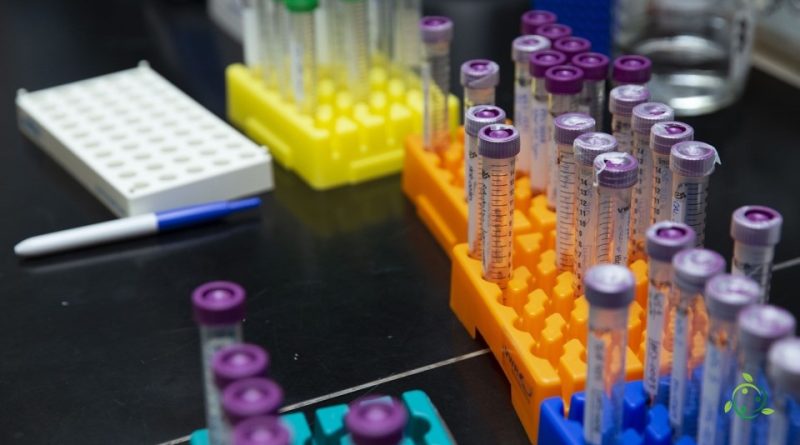Biochemical oxygen demand
Biochemical oxygen demand
Biochemical Oxygen Demand (BOD) is the amount of dissolved oxygen in mg/l required for the decomposition of organic matter by microorganisms, such as bacteria. COD (Chemical Oxygen Demand) represents the quantity of oxygen necessary for the complete chemical oxidation of the organic and inorganic compounds present in a water sample. BOD and COD are used to determine the level of organic pollution in a lake or stream. The higher their value, the greater the degree of water contamination.
The Biochemical Oxygen Demand is important, therefore, to evaluate the pollution of water by organic substances.
BOD is expressed in milligrams of dissolved oxygen per liter (mg O2/L) and is measured over a specific period of time, usually 5 days, known as “BOD5” or 20 days, known as “BOD20”. BOD5 is often used as a standard indicator and is a measure of the amount of oxygen consumed by aerobic microorganisms present in water during the process of decomposition of organic matter.
BOD is a fundamental part of water quality analysis and is used to evaluate the degree of organic contamination of a body of water. Elevated BOD levels may indicate a high degree of pollution from organic waste, such as sewage or industrial waste. Reducing BOD is an important goal in wastewater treatment operations, as it indicates success in removing polluting organic matter from the water.
In general, a low BOD is an indicator of good quality water, while a high BOD may indicate environmental or pollution problems.

